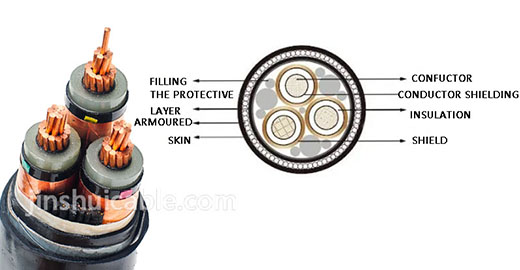
XLPE methods are divided into two categories, namely chemical cross-linking and physical cross-linking. Chemical cross-linking is divided into two types: dry cross-linking and warm water cross-linking. The dry cross-linking method is to cross-link the polyethylene molecular chains in a high-pressure gas with a temperature of 300-400°C for a certain period of time. Under this condition, the hydroxide has decomposed into metal oxide and water, so cracks and blisters will appear on the surface of the cable. Therefore, the dry cross-linking method cannot be used for low-smoke halogen-free materials.
The method of warm water cross-linking is to soak the wires and cables in warm water at 90°C for 5 to 7 hours. Under this condition, the hydroxide will absorb a large amount of water, causing the insulation resistance to decrease, which directly affects the overall performance of the cable.
Physical xlpe, also known as radiation cross-linking, uses high-energy electron beams generated by electron accelerators to bombard the insulation layer and sheath to break the polymer chain. Each broken point is called a free radical. . Free radicals are unstable and need to recombine with each other. After recombination, the original chain molecular structure changes into a three-dimensional network molecular structure to form cross-linking. This cross-linking method requires neither high temperature nor water, and can make the polymer Olefin cross-linking does not affect the flame retardant and electrical properties, so low-smoke halogen-free polyolefin materials can only be cross-linked by radiation.
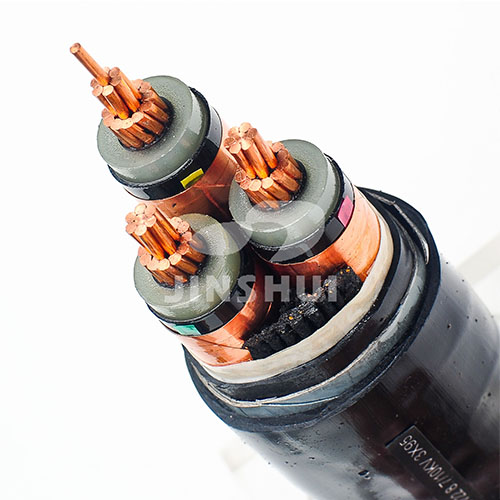
There are three types of XLPE materials currently traded on the market: chemical cross-linking (silane cross-linking); warm water cross-linking; and radiation cross-linking.
Generally used in medium-voltage cables (power cables), it is based on PE and mixed with processing aids such as XLPE initiator + antioxidant + lubricant.
The wires are prepared and then soaked in a pool of warm water for cross-linking. This type of process is cumbersome to operate and is rarely used now.
This material is mixed with EVA+PE+initiator+antioxidant+auxiliary agent. After the customer makes the cable, it needs to be irradiated with an electron accelerator for cross-linking. The diameter of the cable made of this kind of material is relatively thin. Commonly used in electronic wires, automobile wires, motorcycle cables, photovoltaic cables, cloth wires, etc.
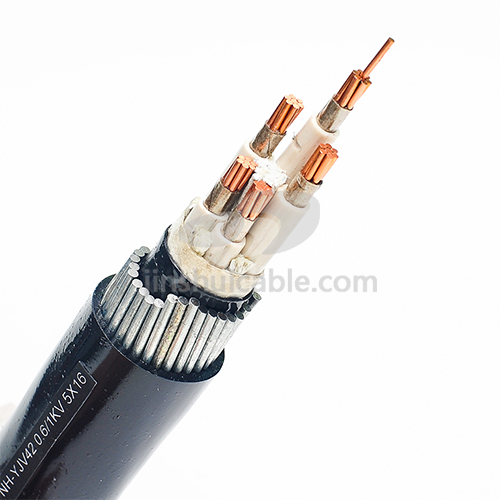
Four simple methods to identify irradiation cross-linked low-smoke halogen-free flame-retardant wires and cables:
Wires - irradiation xlpe low smoke halogen-free flame retardant polyethylene cables; cables; - irradiation xlpe low smoke halogen-free flame retardant polyethylene insulated low smoke halogen-free flame retardant polyethylene sheathed power cables. Generally speaking, the names of imitation products will be different, such as irradiated cross-linked polyethylene insulated low-smoke halogen-free sheathed flame-retardant power cables, etc.
There should be no obvious dents in the insulation layer when heated with a soldering iron. If there are large dents, it means there is a defect in the material or process used in the insulation layer. Or use a lighter to grill, which should not be easy to ignite under normal circumstances. After burning for a long time, the insulation layer of the cable is still relatively intact, without smoke and pungent smell, and the diameter increases. If it is easy to ignite, it can be determined that the insulation layer of the cable does not use low-smoke halogen-free materials (most likely polyethylene or cross-linked polyethylene materials). If the smoke is large, it means that the insulation layer is made of halogen-containing materials. If the insulation surface is severely peeled off after long-term burning and the diameter does not increase significantly, it means that there is no appropriate radiation xlpe process.
When the wire core or cable is soaked in hot water at 90°C, the insulation resistance will not drop rapidly and remains above 0.1MΩ/km. If the insulation resistance drops rapidly or even below 0.009mmΩ/Km, it means that there is no proper radiation cross-linking treatment. (This method is not suitable for the identification of polyethylene or cross-linked polyethylene insulation materials, which can be identified through the second method above).
The density of low-smoke halogen-free materials is greater than water, so you can peel off a little of the insulation layer and put it in the water. If it floats above the water, it is definitely not a low-smoke, halogen-free material.
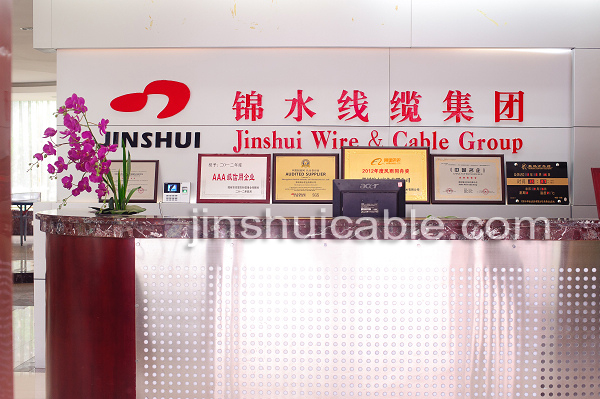
Irradiation cross-linked low-smoke halogen-free flame-retardant wires and cables produce very little smoke during flame combustion, and the gas released does not contain halogen elements and is non-toxic. Therefore, it has been favored by the majority of electricians and electrical appliance practitioners for its excellent comprehensive electrical and physical properties. wide recognition of personnel. Zhengzhou Jinshui Industrial Co., Ltd. has a strict production and monitoring system, has obtained international qualifications, and has complete after-sales service to ensure product safety and quality.
Get A Free Quote

The first phase of the 137th Canton Fair will officially open on April 15, 2025! Zhengzhou Jinshui Industrial Co., Ltd. mainly produces and exports wire…
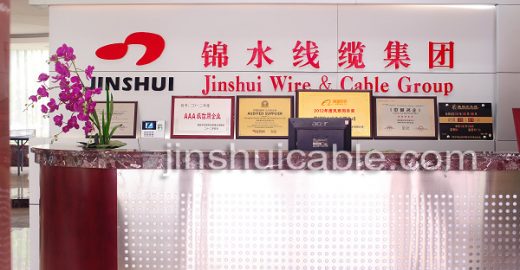
The Benin account manager came to our company to discuss the business of ABC cable! Yemen brotherhood customers come to the company to exchange product…

Zhengzhou Jinshui Industrial Co., Ltd. wishes you a Merry Christmas!!
Submit Request
PDF Request